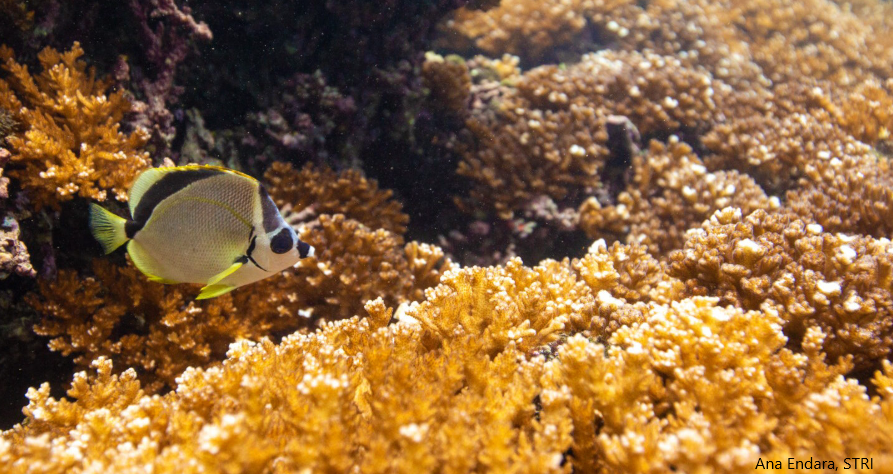
As ocean temperatures set new heat records, coral reef scientists are on a mission to identify which species and reefs can tolerate heat stress the best. But how and why do some corals cope with heat extremes better than others?
A research team led by the Smithsonian Tropical Research Institute in Panama investigated this question by studying not just corals’ genes and environment, but also their microbiomes. By running a series of heat stress tests on two populations of Pocillopora corals — one from the Gulf of Panama and the other from the Gulf of Chiriquí, both on Panama’s Pacific coast — they found that corals exposed to upwelling in the Gulf of Panama were better able to withstand higher temperatures, thanks in part to their microbiomes. The study was published in June in the journal Current Biology.
A coral’s microbiome is made up of microorganisms such as algae and bacteria, some of which are considered “symbionts” that co-evolved to live within a host coral. Collectively, the microbiome, symbionts and host are called the holobiont. The new study is the first in the Eastern Pacific to assess coral heat tolerance by looking at the entire holobiont, said Victoria Marie Glynn, an evolutionary biologist and lead author of the study, who at the time was earning her doctorate at McGill University in Canada.














